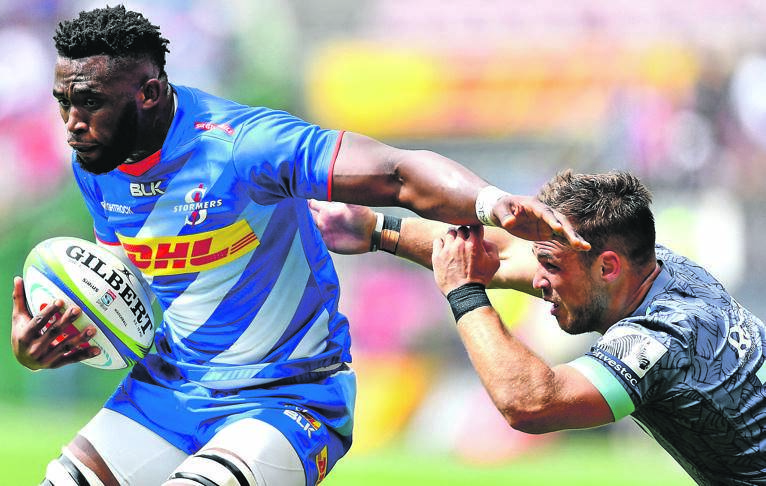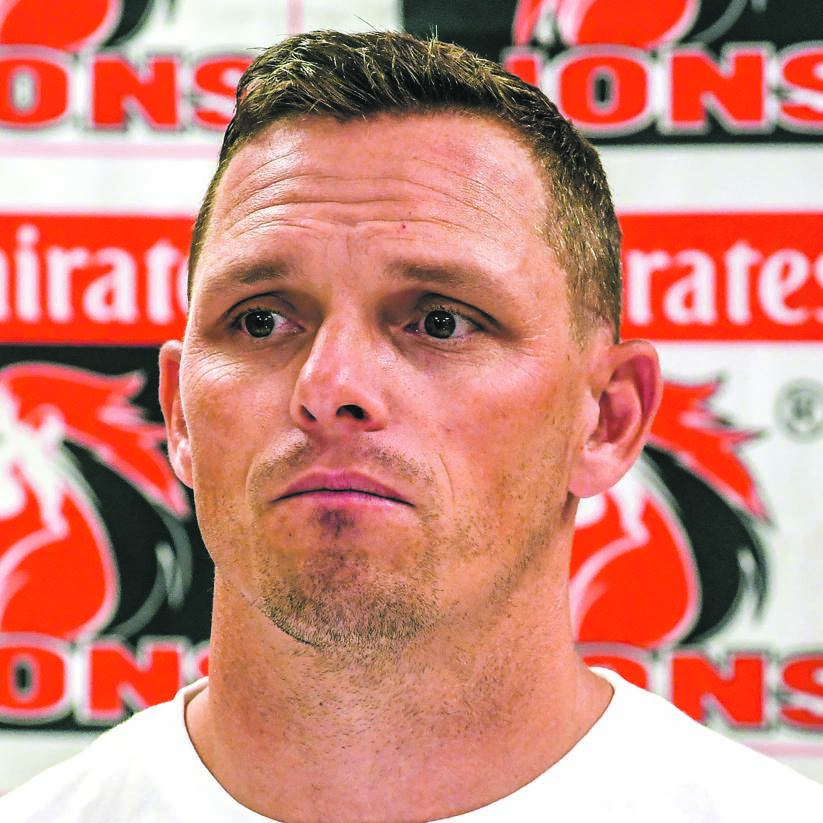
While the disco lights phase of his coaching career never quite caught on with his colleagues, Rassie Erasmus’ six-two bench split – which propelled the Springboks to Webb Ellis Cup glory last year – appears to be a movement waiting to happen.
Three of South Africa’s four Super Rugby franchises – the Bulls, Lions and the Stormers – named match-day squads that were six forwards heavy on their eight-man benches for their opening games last weekend.
The adoption of Erasmus’ World Cup-winning tactics raises three questions: Is this an open and shut case of copy and paste; is it an instruction from the SA Rugby director of rugby in keeping with his alignment talk; or do we have a new trend on our hands?
As close as Erasmus’ coaching staff are to the franchises these days, the coaches claim it doesn’t extend to requests for a homogenised game plan or playing pattern.
And Stormers coach John Dobson isn’t entirely sold on the six-two split being a trend just yet, despite the fact that the Stormers resembled the Boks most in their 27-0 shutout of the Hurricanes last weekend.
“I don’t know how long we’re going to do it for. We did it because we felt guys such as Siya [Kolisi], Pieter-Steph [du Toit] and the front row only trained this year, and Chris van Zyl and Jaco Coetzee had been out since the Currie Cup. So we did it for practical reasons and, as it turned out, we were lucky we did, because some of those guys came off injured. Siya, Jaco and Salmaan [Moerat] all came off injured. Whether it’s going to be a trend or not depends on whether you’ve got forwards who can make an impact off the bench,” said Dobson.
“I wouldn’t go six-two if the guys on the bench are reserves and not impact players. We did it for practical reasons this week, but I’m not completely convinced it’s the way yet – it’s horses for courses for now.”
Lions coach Ivan van Rooyen sounded as though loading his bench with forwards would be his default setting in future.
“Currently, I believe the focus is on forward dominance, as the Boks showed us in the World Cup. If you manage to be dominant in the set pieces, you can get momentum and the backs can then play,” Van Rooyen said.
Aside from the obvious tactic of not allowing the opposition pack of forwards to breathe throughout the game, what with the tag-team effort between almost two packs in a match-day squad, there is another technical reason for the six-two split, Dobson explained.
“In terms of conditioning requirements, the game is so badly skewed against the tight five. Every team is playing a 1-6-1, 2-4-2 or 1-3-3-1 shape on the field, leaving a hooker and a loose forward or one of them on the tram lines. So now you’re asking a lock to not only scrum, be conscious enough to make a decent line-out call and execute a jump, he’s also got to stop a maul and then make cleans and tackles between the two 15m lines, because that’s where all the action is,” he said.
“It’s a complete overload against, say, a wide-ranging loose forward who’s just spending the game in the trams. They’re also required to make these passes out of the back and carry the ball off nine, so the overload on the players numbered one to six is too big. That’s why the six-two split has come in to save them.
“For example, Chris van Zyl last weekend made 16 tackles, 30 ruck arrivals, was the line-out caller and made about seven or eight carries.”
Van Rooyen said he liked the idea of having six new forwards, including two fresh loose forwards being introduced to finish the game.
The catch when implementing the system is that it assumes most of the back line players who provide cover on the bench are like Frans Steyn, who, at a push, can cover all positions from fly half to fullback.
“If we’d lost [starting fly half] Damian Willemse, who had a sore foot, we would have had [fullback] Dillyn Leyds finish the game at fly half and [wing] Sergeal Petersen at fullback. We would have been in trouble with those changes if we were involved in a kicking game – so it is a risk.
“We’re lucky because [reserve scrum half] Godlen Masimla, as the second-fastest guy in our team, is one of our better wings, so he covers two positions. Steyn is just a freak for being able to cover anything from 10 outwards. But if you haven’t got that and your six replacement forwards are more reserve than impact players, then you’re not being too bright playing with a six-two split.”
Van Rooyen, who has the luxury of being able to call on loose forward Hacjivah Dayimani – whose speed has seen him play in the back line in the past – from the bench, is sold on the idea that the way forward is for the backs to “play in multiple positions and develop their all-round skills”.
There was a time when that was the best way to secure yourself a spot on the bench, but, then again, the bench seems to be where the game is played these days.
 | ||||||||||||||||||||||||||
Get in touchCity Press | ||||||||||||||||||||||||||
| ||||||||||||||||||||||||||
| Rise above the clutter | Choose your news | City Press in your inbox | ||||||||||||||||||||||||||
| City Press is an agenda-setting South African news brand that publishes across platforms. Its flagship print edition is distributed on a Sunday. |




 Publications
Publications
 Partners
Partners









